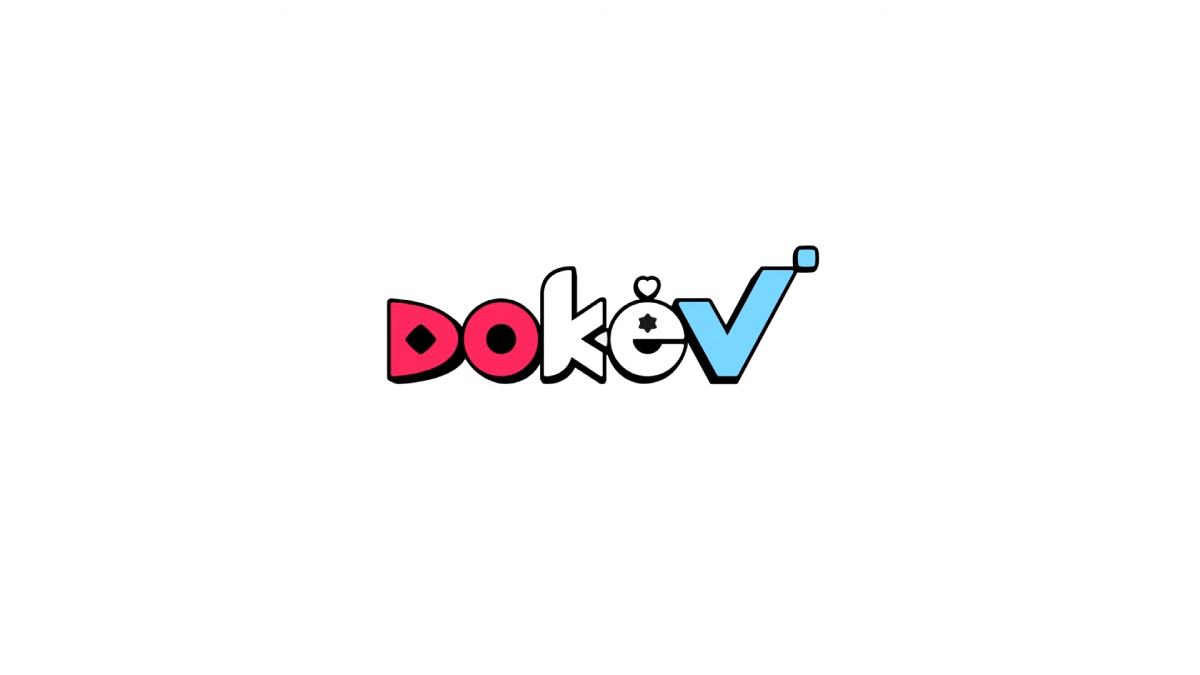

#DOKEV PLATFORM DOWNLOAD#
Let’s pull another image named ‘ubuntu’ using tag and digest as shown below: –ĭocker pull the above example, we have first used the tag to download the image and then used the digest of the same image to pull the image and we can see the status that says ‘Image is up to date ….’ because we are pulling the same image. Pulling the image using digest is very helpful if the application is supported to any specific Docker image because there is a newer version of the same image and with the same tag is getting updated so the application might break. We can see that there is a key called digest when we pull the images in the above examples, so we can use that digest to pull the image as shown below: –ĭocker pull the above example, we have pulled the ‘alpine:edge’ image but using the digest and we have to use after image name instead of ‘:’. We can browse the public repository for available tags of any image.ģ. In the above example, we can see that we have specified the tag after ‘:’ so we can specify any tag that you want to download, it might be a version like 3, 3.12, 3.12.0, etc.

Pull image with a specific tag, for example, we will pull the same ‘alpine’ image with a different tag i.e. In the above example, we can see that if we don’t provide any tag, the Docker daemon pulls the image with the ‘latest’ tag by default and pull the image only if there is an image that exists with the latest tag.Ģ. Pull the ‘alpine’ image without any tag as shown below: Scenario: – Different ways to pull Docker images from Docker Hub.ġ. Let’s understand the command with a few examples. We can adjust the ‘–max-concurrent-downloads’ option in the ‘daemon.json’ file. We can pull only 3 layers of an image simultaneously using this pull command by default and if we have to download an image having more layers then there might be a chance where it can throw a timeout issue if the internet connection is slow. If we are trying to access the registry behind the proxy server then we need to configure the Docker daemon’s proxy settings by setting environment variables on a host using systemd. Also, if we don’t mention the tag then it pulls the image with the ‘latest’ tag by default. It actually matches the digest of the image behind the scene. When we run the pull command from the command line, it first checks locally or on the host for the images and if the image does not exist locally then the Docker daemon connects to the public registry ‘’ if there is no private registry mentioned in the ‘daemon.json’ file and pulls the Docker image mentioned in the command and if it finds the image locally then it checks for the updates and downloads newer version of the image. –help: It helps us to know more about the command if we forget. –quiet, -q: It is used to pull images silently (no verbose).
:fill(white):strip_exif()/f/image/GUcDRMLtZdpTVLcwEINuE64B.png)
#DOKEV PLATFORM VERIFICATION#
–disable-content-trust: It will skip image verification before pulling it.
#DOKEV PLATFORM SOFTWARE#
Web development, programming languages, Software testing & othersĭocker pull -a: It is used to download all images with different tags in that repository. Start Your Free Software Development Course


 0 kommentar(er)
0 kommentar(er)
